I struggle to find the words to describe how infinitely fascinating my trip to Cuba was. The people, the culture, the landscapes… Everything about this island left me curious and wanting more. If you’re thinking about planning a trip to Cuba, here’s what you need to know:
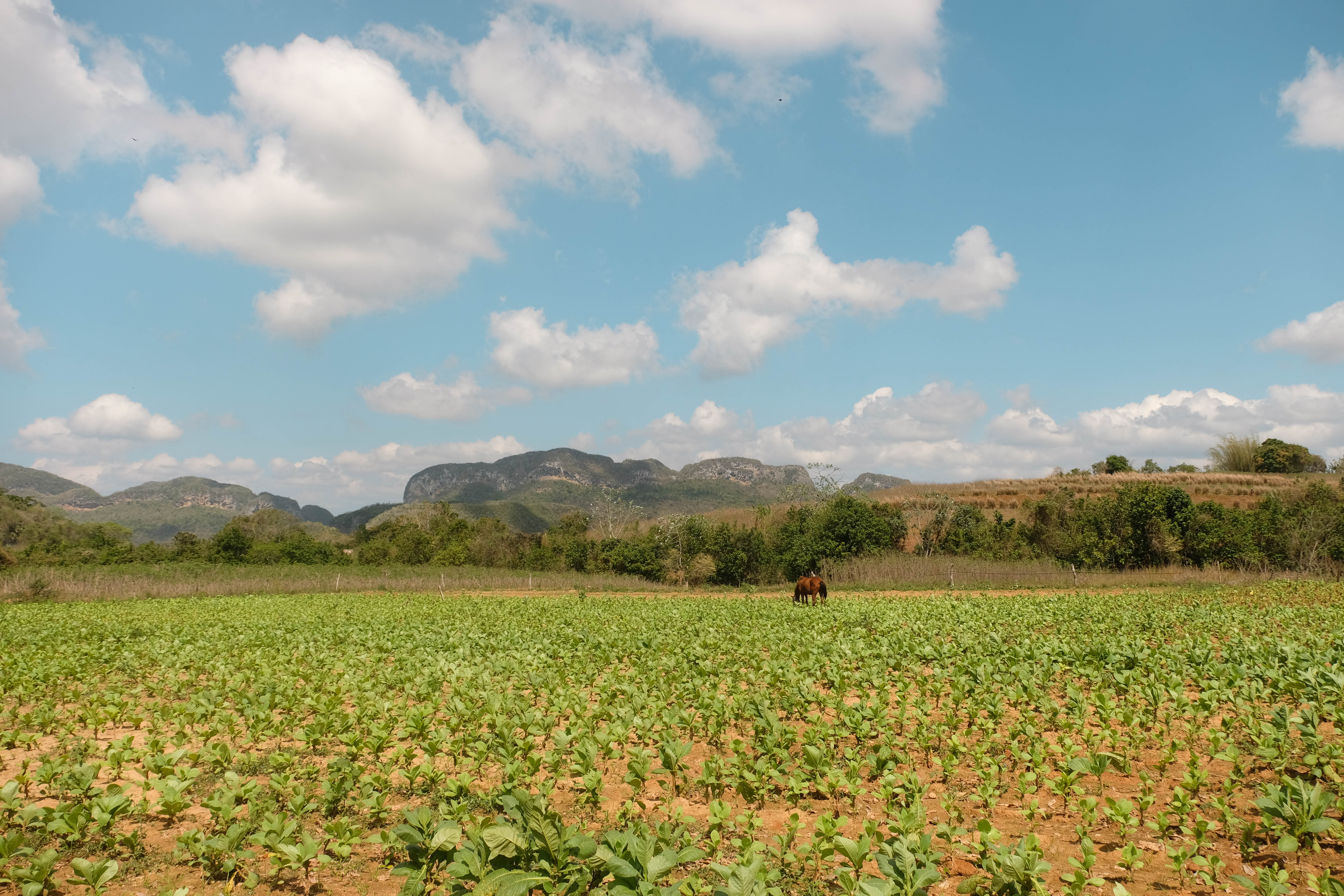
WHAT TO BRING
Snacks
Because of strict trade restrictions, food in Cuba leaves a lot to be desired. Delicious food is honestly very difficult to come by, so be sure to stock up on your favorite bars and snacks to last you for your trip.
For a good variety, try GoMacro bars, EPIC Bison bars, and That’s It fruit bars.
Toilet paper
Toilet paper is expensive for the Cuban people to buy, so you will undoubtably run into situations where there is none available in public restrooms. Be sure to buy and carry around a pack of wipes like this. Just remember not to flush any!
First Aid/Medication
In addition to packing your normal prescription medication, bring Advil, Excedrin, band aids, Tums, etc. These are pretty much impossible to find in Cuba.
ALSO. Make sure you bring Immodium or something similar containing Loperamide. If you accidentally drink the water or eat contaminated food, your stomach will thank you for having the medication.
Products to give people
Cubans do not have access to many things that we do. Products we take for granted, like deodorant and toothpaste, are considered luxury items in Cuba because of trade restrictions.
Below are examples of products you can bring to give the locals and your casa particulares hosts. They will be endlessly grateful to you.
- Shampoo and conditioner
- Lotions
- Makeup
- Deodorant
- Feminine products
- Mouthwash
- Sheets
- Towels
- Children’s books
- DVD’s
- Footballs/soccer balls
- Small portable DVD player (you’ll be a hero)
Appropriate clothing
Cuba is hot and air conditioning can sometimes be a challenging thing to find. Pack light, breathable clothing items like maxi dresses and loose tank tops. Steer away from lighter colors like white – there’s a lot of dirt floating around that can stain your clothes.
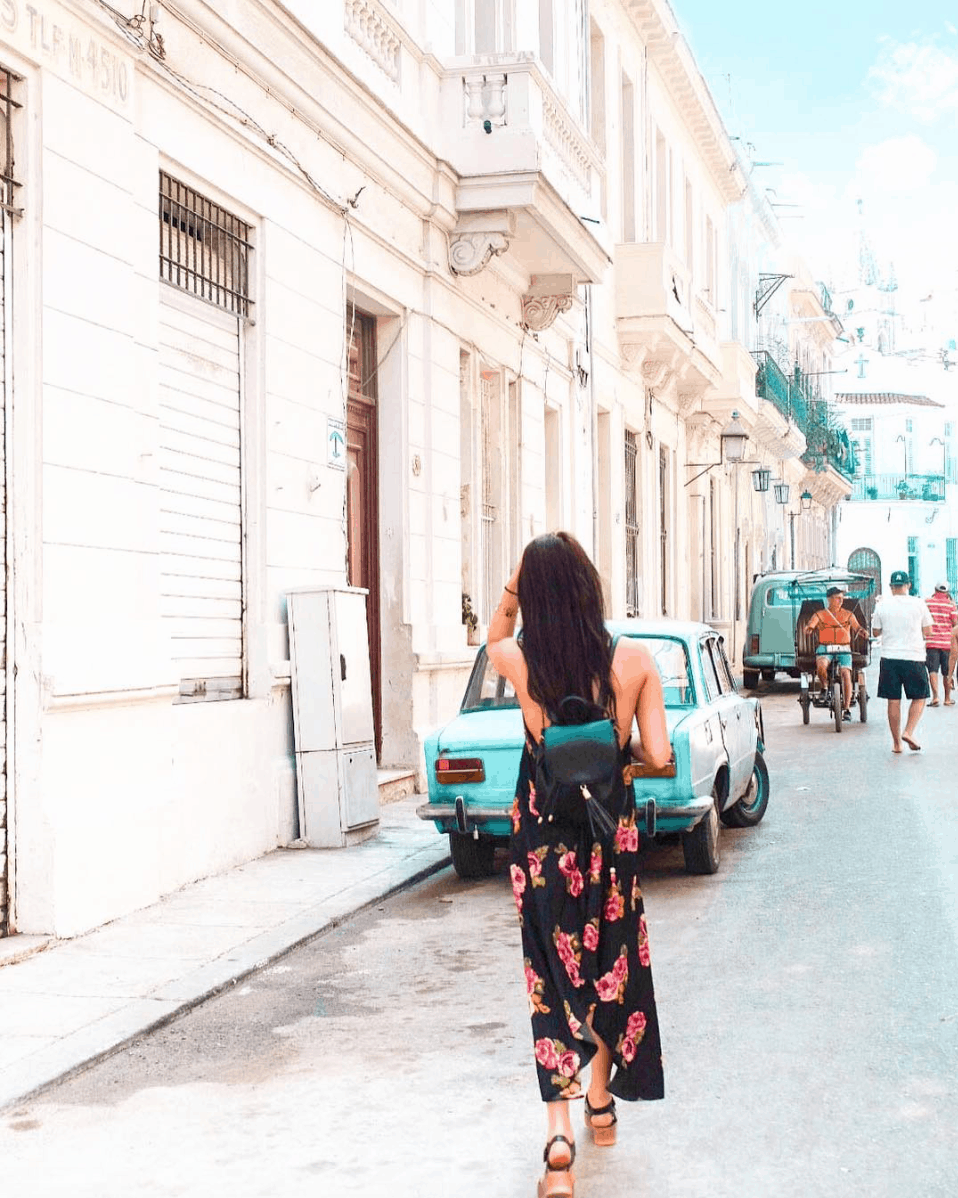
dress: Dancing Leopard
Enough of the correct cash
If you are an American, you will not have access to your U.S. bank in Cuba, so it’s extremely important that you are stocked up on cash for your trip.
Before you leave the U.S., take out more cash than you think you will need (better safe than sorry!) and exchange it for Euros or Canadian Dollars in your local bank branch. Once you land in Cuba, exchange your money in the airport for CUC.
If you’re not American, the same rules apply since Cuba is a mostly cash economy. You just won’t be as screwed as Americans if you run out of bills 🙂
This post was last updated in March 2017. As Cuban-American relations are in heavy flux, I recommend researching the current state of affairs prior to travel.
BEFORE YOU GO
Make note of standard transportation prices
The best way to not get scammed while in Cuba is to know what the price of transportation should be. This is how much you should pay for taxi rides:
- Between the Old Havana, Vedado and Centro Havana neighborhoods: 5 CUC
- From the airport to Havana: 25 CUC
- To the airport from Havana: 25 CUC
- From Havana to Viñales: 90 CUC
- From Havana to Varadero: 95 CUC
- From Havana to Trinidad: 160 CUC
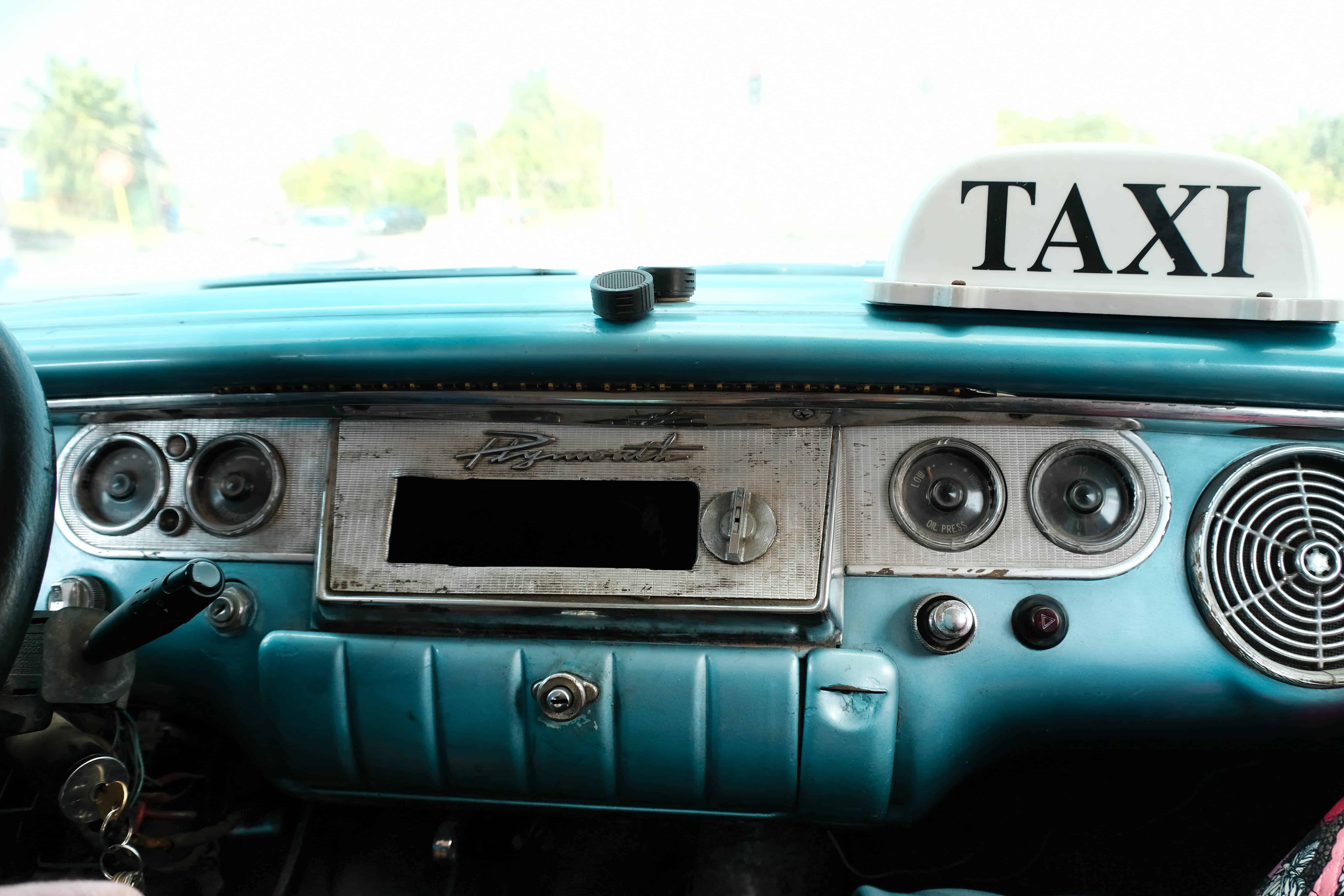
Study Spanish
I have never been to a Spanish-speaking country where I encountered so few people who knew English as in Cuba. If you don’t have a fluent Spanish speaker with you, study up on key phrases before you go:
“Where is the bathroom?” = “Dondé esta el baño?”
“How much?” = “Cuanto cuesta?”
“No thank you” = “No gracias”
“The check, please” = “La cuenta, por favor”
“We want to go to …” = “Queremos ir a…”
“Can I have…” = “Puedo tener…”
Download Cuba apps
Since you will be entirely disconnected in Cuba, navigating your way around using Google Maps just isn’t possible.
The app “Cuba Travel Guide” was incredibly helpful for me. Not only can you locate restaurants, bars, shops and landmarks on a map, but you can read the history of cities like Havana, Viñales and Varadero without any Internet connection. Plus, the app even gives you key Spanish phrases. It’s the best.
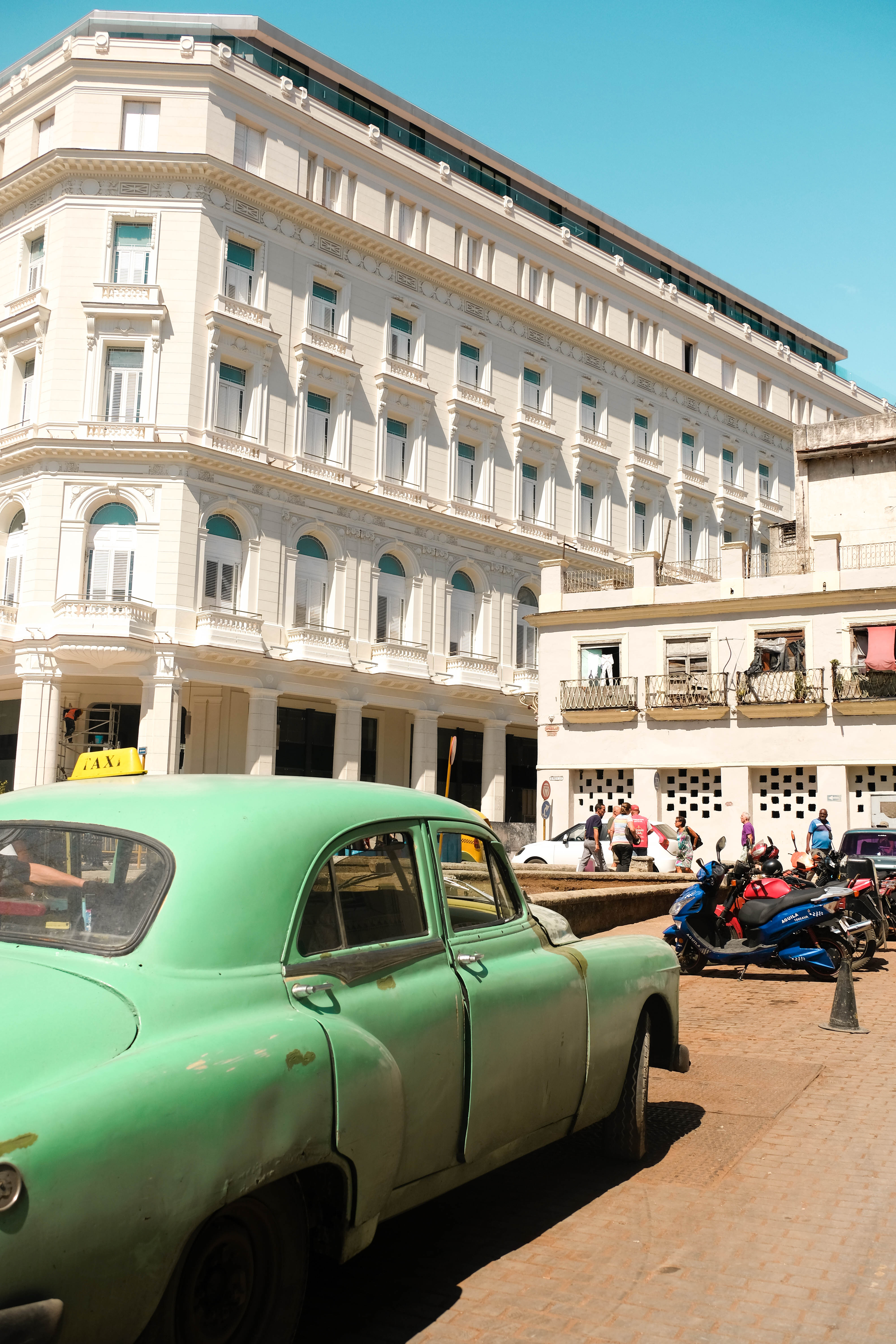
Print documents before you go
Make sure you print your travel documents, insurance and reservations prior to leaving. It’s always safer to have everything on hand when the Internet is scarce.
Book a casa particular or Airbnb
Casas particulares are rooms or houses rented by locals in Cuba. Most casas now use Airbnb to advertise themselves without needing to create a website, so that’s a great place to start searching. Book your casa in advance of your trip and make note of the address so that when you arrive, you know where you’re going!
By the way, there are multiple reasons why I recommend staying in a casa particular rather than a hotel. You’ll get much more of a local experience and your money will directly benefit a family. Plus, in the majority of them, the family will cook for you and how cool is that?
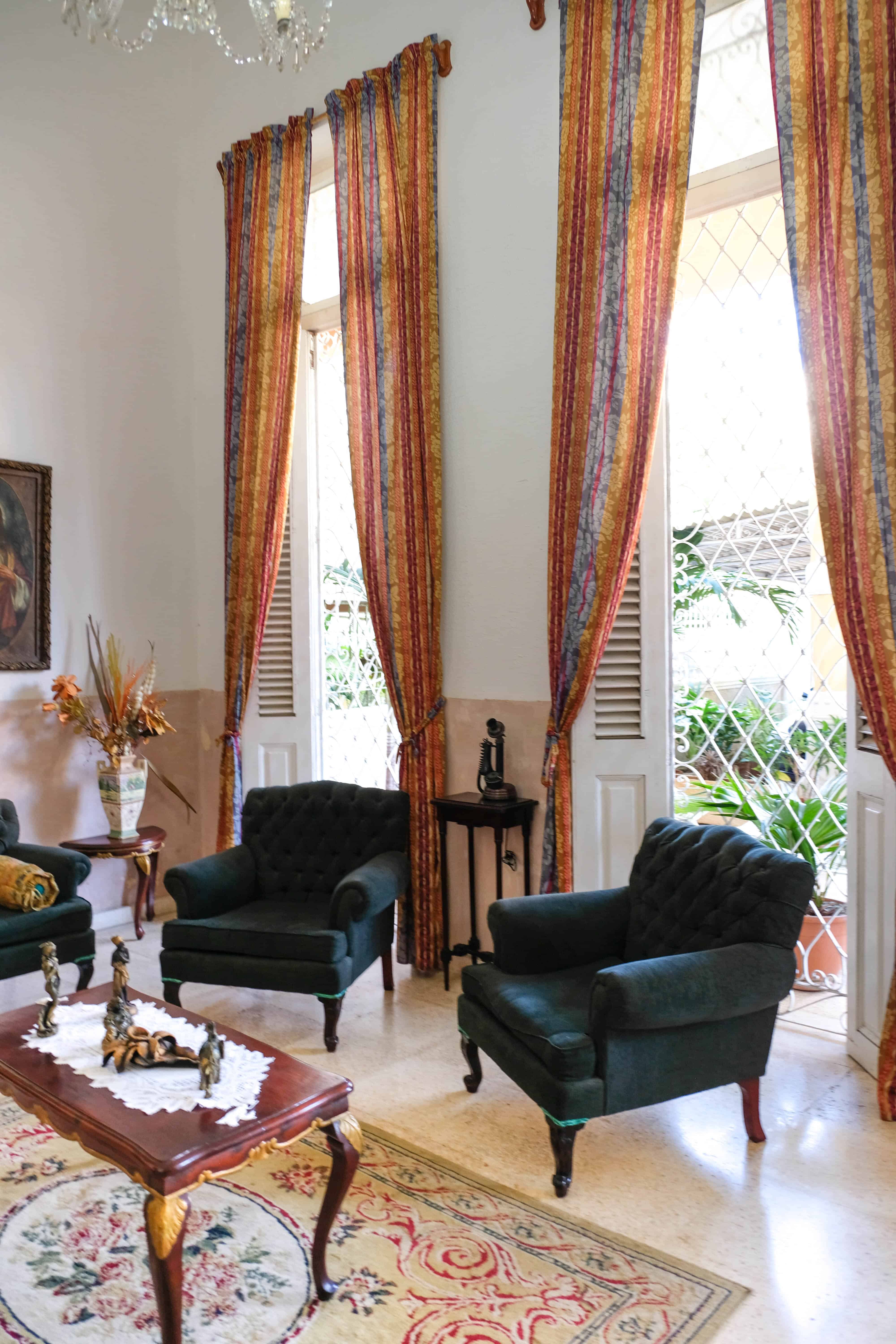
I stayed at Hostal Colonial la Casita de Nicole.
ONCE IN CUBA
Don’t drink the water
If you want to avoid yucky stomach problems, stick to bottled water. Learned this the hard way…
Eat in paladares
Restaurants in Cuba are either government run or privately owned. The latter are called paladares particulares and have significantly better food for the same price. In order to tell the difference, notice where the locals are. If local Cubans are swarming around a particular restaurant, it is likely a paladar. If you’re not sure, you can always ask! “Es un paladar?”

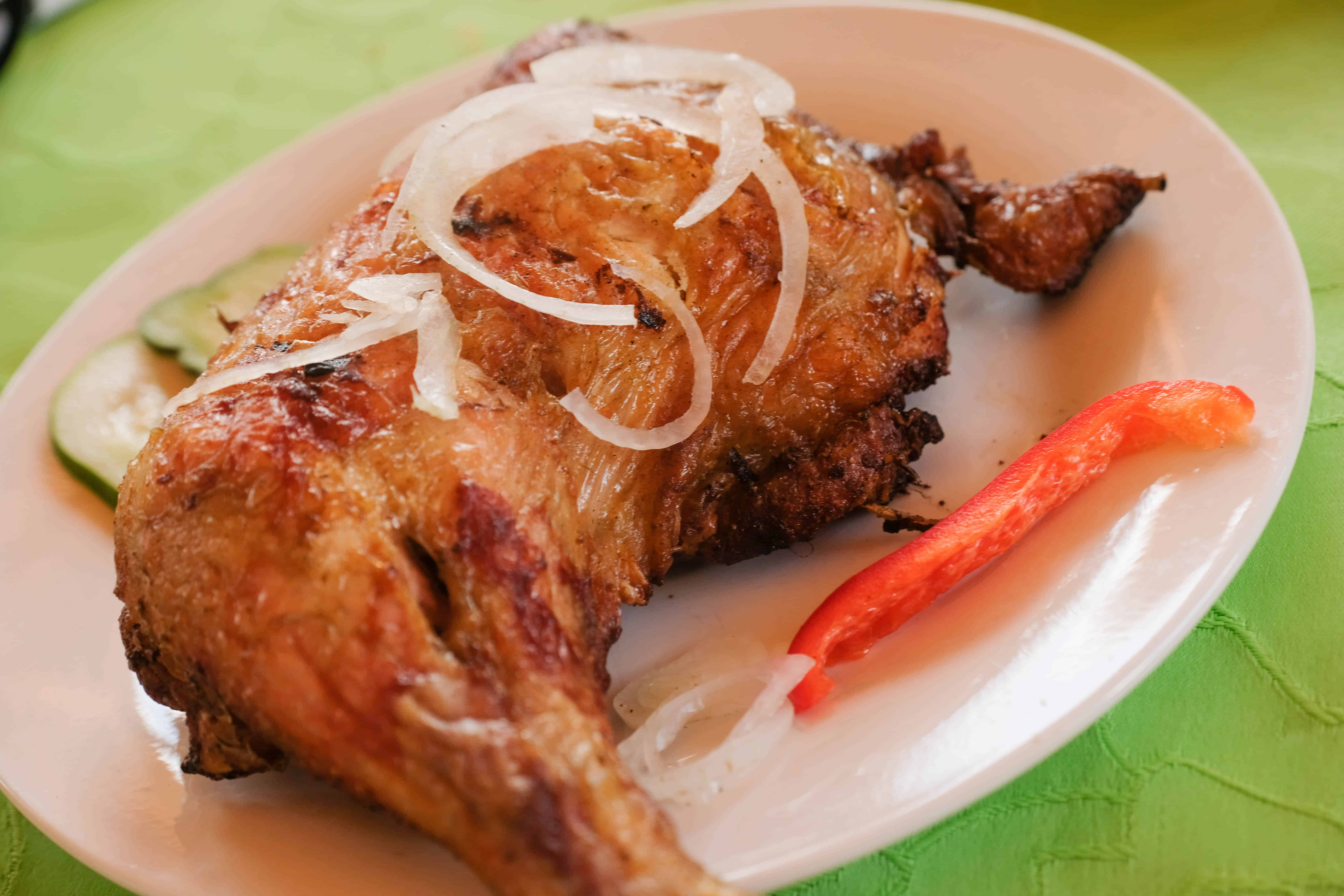
Pay attention to the currency
There are two currencies in Cuba: the National Peso (CUP) and the Convertible Peso (CUC). The CUC is valued at 1 to 1 with the U.S. dollar, while the CUP is at 26 to 1. Tourists are only allowed to use the CUC, while local Cubans use the CUP.
The problem is that Cubans use “peso” to refer to both CUC and CUP, so it can be confusing. Even more confusing because some Cubans will take advantage. For example, if someone tells you a sandwich is 156 pesos, they are likely mean that it is 156 CUP and you owe them 5 CUC. Do not give them 156 CUC ($156) for a sandwich. Please.
Just use your common sense and you’ll be ok 🙂
Avoid common scams
Cuba felt extremely safe to me. I’ll even go out on a limb and say that I actually felt more safe in Cuba than in my home of New York City. But like many countries, it is not uncommon for locals to take advantage of naive tourists in the effort to make a buck.
These are the most common scams to look out for in Cuba:
At restaurants: Double-check your bill. Sometimes they add a few items on to your bill in the hopes that you won’t notice, especially when you’re drinking.
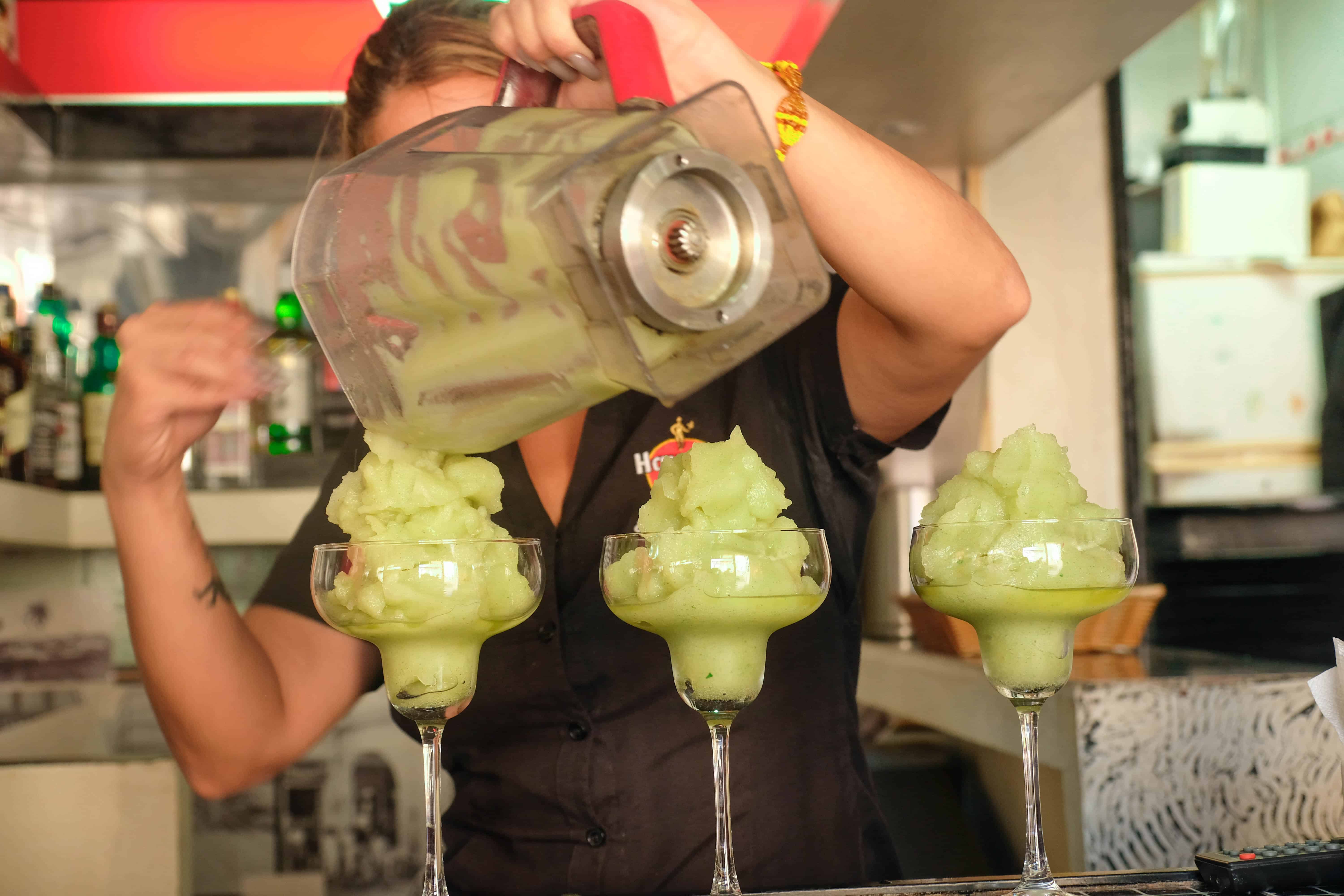
During transactions: Like I mentioned above, the two different currencies in Cuba (CUP and CUC) can be confusing. One of the most common scams in Cuba happens when a local doesn’t give you all of your change back. When making a transaction, double-check every time that the money you’re getting back is correct and in CUC, not CUP.
Fake cigars: If a local approaches you on the street and offers you super discounted Cuban cigars, don’t buy into this as they are very likely fakes. Stick to buying cigars at state shops, state hotels or cigar factories, where you can be sure the cigars are real. If you’re not sure, an easy way to tell is that real Cuban cigars come in a box with a certificate and a holographic seal.
Overcharging for Transportation: As I mentioned above about the standard prices of taxi rides, drivers will very often tell you that a ride costs more than it should. This is an easy scam to avoid. All you need to do is tell them your desired price. If they don’t agree, walk away. More often than not, they will call you back and drive you to your destination at your price.
For your mindset
Be patient. It is not uncommon for a taxi to take 1.5 hours to arrive at your casa. It is very likely that your food will take an hour to be prepared at a (not busy) restaurant. “Hurry” is not a word Cubans are familiar with, so try to adapt and be as patient as possible.
Disconnect. Relax. Soak in the Cuban culture. It is truly something amazing to behold.
What are you most excited for in Cuba?
xo,
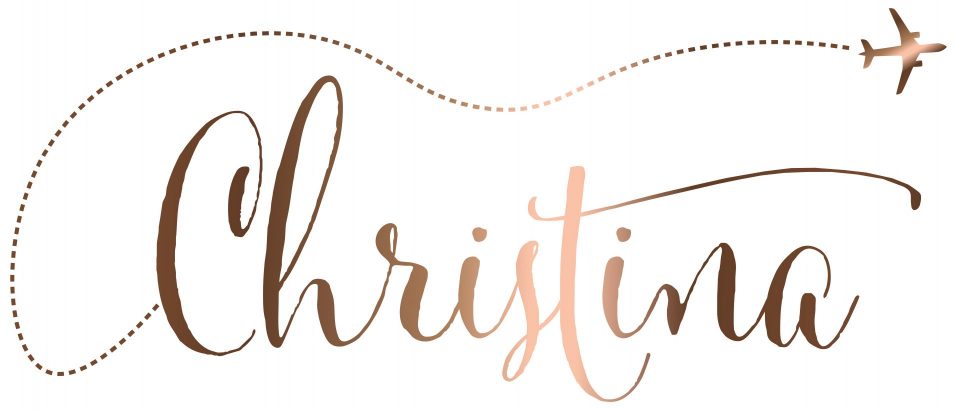
Save this post:
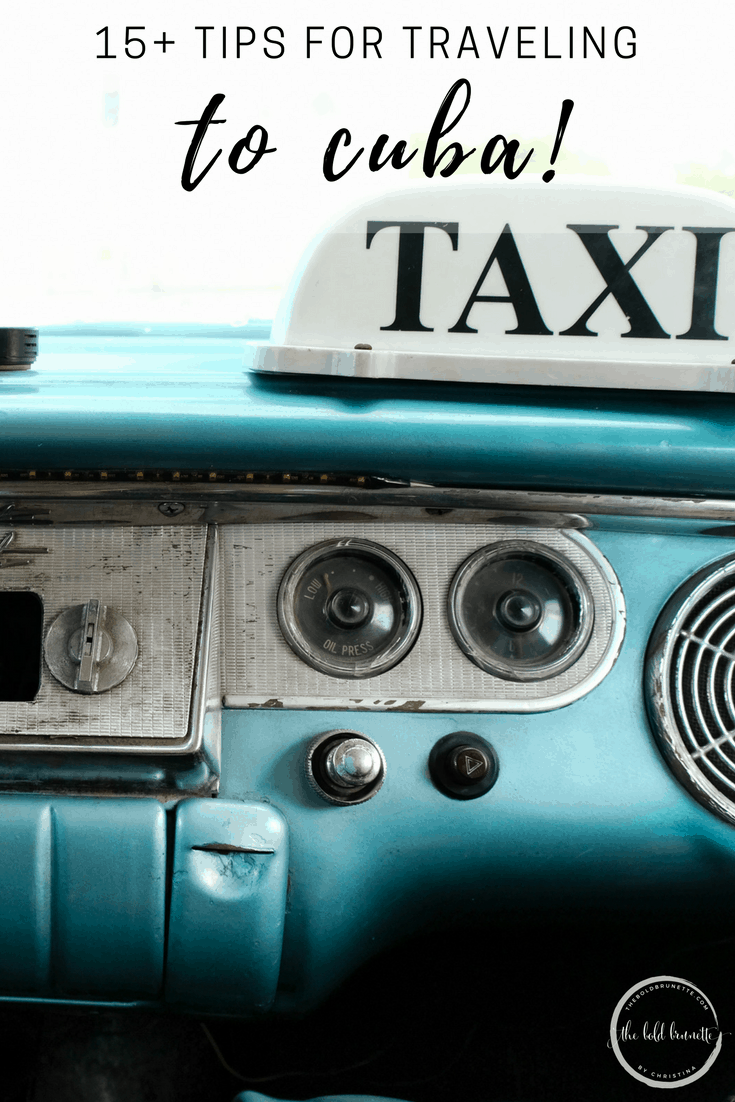
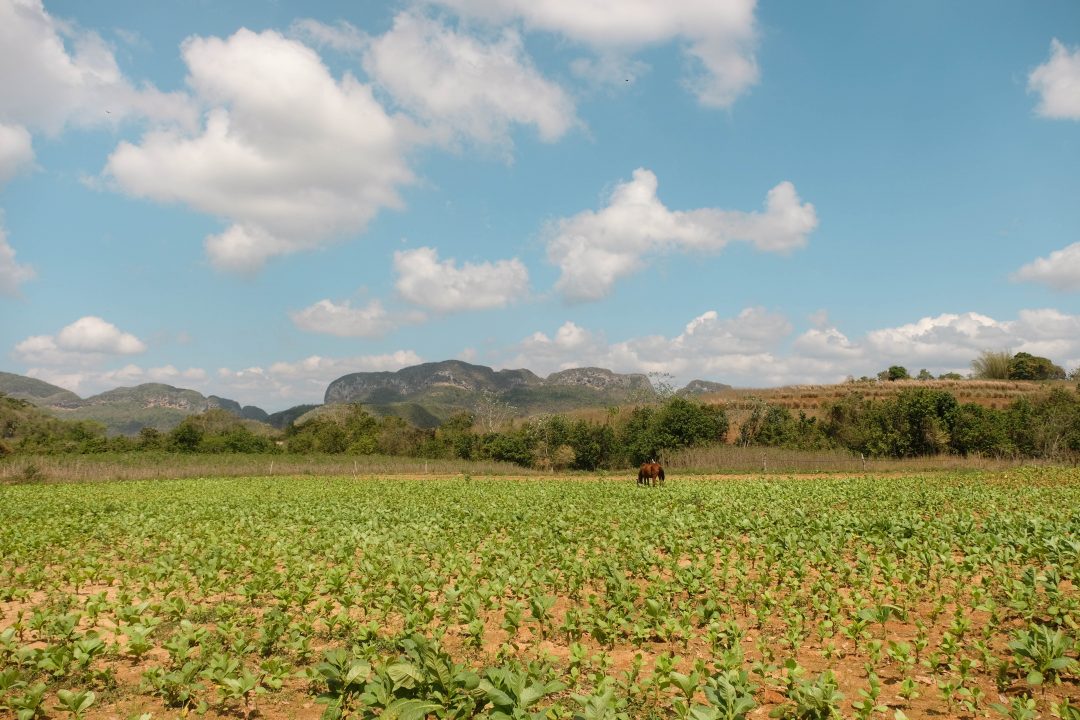
This post was INSANELY helpful!! I feel much less stressed for my upcoming trip. Thank you Christina! Seriously well done!
OMG thank you, Lena!! That makes me happy. I am so excited to hear all about your experience and see your pictures 🙂
I’m not heading to Cuba anytime soon, but loved reading this nonetheless! Loads of these things I weren’t aware of! Thank you 🙂
So many things I wasn’t aware of until I learned them the hard way hahaha. Glad you liked it! 🙂
I loved this post!!! I hope to make it to Cuba one day soon especially with political tension rising.
I have a random blogging question.. how do you get that small slider with the products? Like the one you have for your mindset section. I have been searching and searching the internet. Any help would be SO appreciated.
-Karleen
Need to go soon! The widget is through Shop Style 🙂
Thanks so much!
Your instagram has inspired me to make it a reality 🙂
Have a wonderful day!
This was so interesting to read. I had no idea. It’s not on my list to go to in the short-term, but I have friends who want to go. I’ll pass this along. Thanks!
So happy to hear you’ll pass it along! You should make it a short-term trip 🙂
OMG! Thank you! I’ve been looking for a place for inspiration. Just found it here. Adding Cuba to my list of countries that I want to visit in this year.
YES! You definitely need to visit.
I’m so glad I came across your post, this information is so helpful! I never would have thought to bring items for the locals but would love to do so when I take my trip. Pinning this for later!
I’m so glad you found the post to be helpful! I hope you enjoy your trip 🙂
Nicely done. Did you go to any salsa clubs ?
Thanks Jose!! 🙂 I went to La Casa de la Musica, which is a great place to salsa with friends & Cuban locals at night. Highly recommend it!